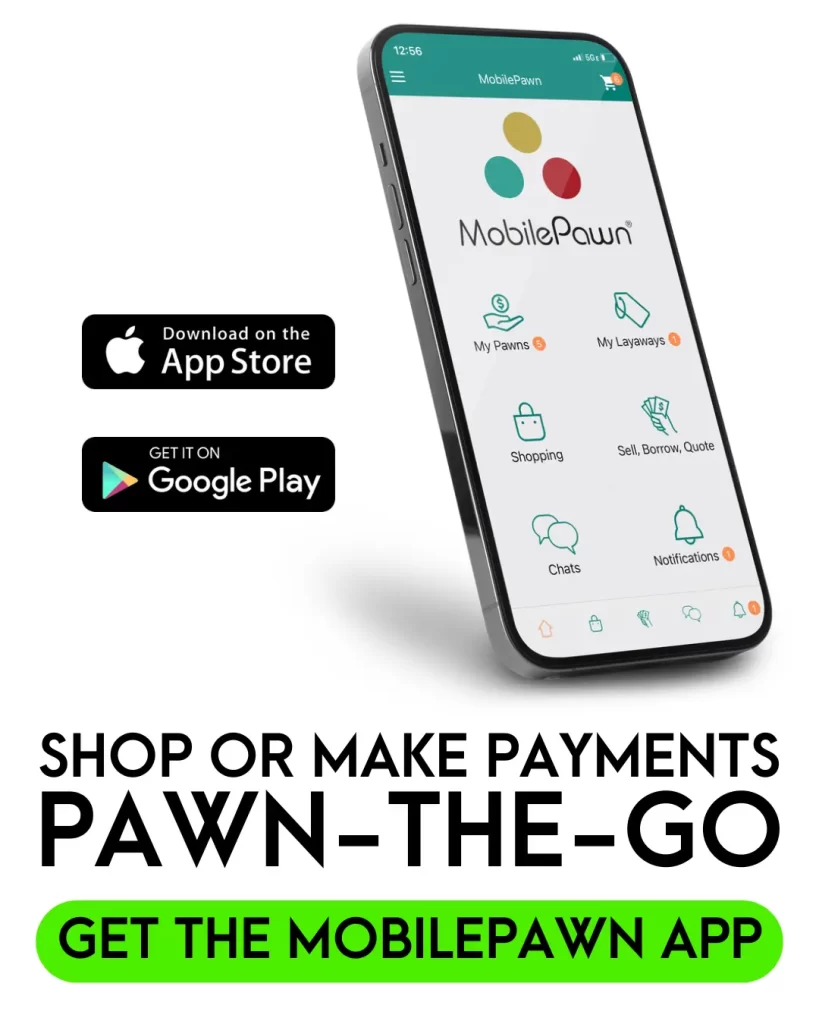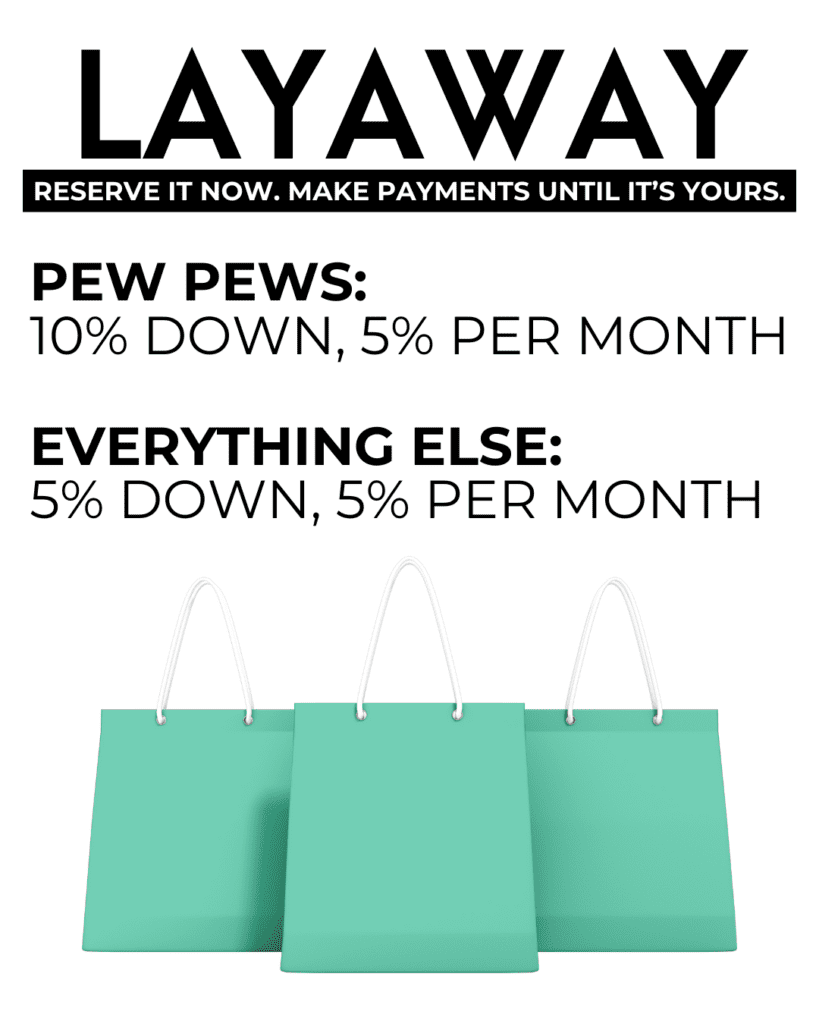Intro
There is no doubt that in modern times, money goes fast, from higher gas prices and rent, more tech that is hard to live without, and trying to have fun and interesting outings that always cost a little more than expected. Most people notice that money leaves their bank faster than it comes in or some of us are just lucky to break even. With that, we hear over and over that we need to save 6 months of our pay for a rainy day, that we should invest, and that the American Dream is to be financially secure and own a nice home in a nice neighborhood. In this article, we will cover 10 ways to save money, grow your bank account, and achieve financial freedom.
1. Budget and Stick to it
The first step in gaining financial freedom is creating and sticking to a budget. This may seem like overkill or overwhelming, but it is quite simple. The first step is to collect all of the paper related to expenses and money, such as bank statements, bills, pay stubs, even W-2s. With that, you can calculate income and expenses, which would be two different numbers. From here, you will have to figure out variable expenses, this is stuff like groceries, gasoline, you know, stuff that you have to pay for monthly.
Next, determine what expenses can be cut, and now is a good time to figure out how much you have to save monthly, we will talk about that more later in the article. After all that, we suggest figuring out how much “fun money” you have monthly, for example, it might be $200 leftover for entertainment and eating out. From here, we highly suggest that you enter all of this info into a spreadsheet like Excel or Google Sheets. This will help visualize as well and get you used to thinking about budgets and how to spend smartly. For more in-depth information on budgeting, check out https://www.thebalance.com/how-to-make-a-budget-1289587. Once you have a budget, stick to it, that is the hard part, of course, but the first step, and maybe the most important.

2. Audit your Accounts
Although this is technically part of the budgeting process we broke it into its own section because it is so important. Many people have bills for services that they do not use, paying $10 or $20 a month on autopsy for something that they believed was canceled. So early on in your financial journey, we suggest you skim through your bank with a fine-toothed comb and figure out exactly what you are spending. Anything that you do not need or use anymore should be canceled.
Another good thing to do at this time is to shop around, call new insurance companies and get rates, figure out if a new cell phone provider will be a cheaper or more valuable deal. In other words, don’t just stick to what you have because you have it.
3. Grocery Shopping Hacks
This specific tip is a few in one, but they all have to do with grocery shopping. The first, and most widely talked about tip is to make a list and stick to it. Overspending and grocery stores is very common, so having a list that is strictly adhered to is a good way to smash spending too much on fruit snacks. Another commonly talked about tip is to go to the grocery store after eating, this will ensure that you don’t buy snacks and junk food just because you are hungry. These two tips alone will drop your grocery spending and also ensure that you eat and live healthier.
The second part of this tip is to know when and where to get your groceries. We tend to have a process of shopping at the 99 cent store first, which is a great place for small amounts of things or vegetables, next we hit big lots for staples and snacks, then stater bros or a local market for meats and everything left over, and lastly, we hit Costco and buy all bulk items that we need. Lastly comes when it is said that shopping mid-week like Wednesday is a good time because there are often sales on last week’s items or freshly stocked items since this is often when stores restock. Following a solid plan, shopping on a full stomach, and knowing where and when will definitely help save money.
4. Wait on Big Purchases
This is an old trick you that many of us at Jum-Pawn-It have implemented to great success, which is, if you are going to make a purchase that is over a certain dollar amount, write it down and think about it. Specifically, for example, if it is over $300, think about it for a week, or maybe if it is $1000 for a month. The goal here is to stop big impulsive purchases, especially big ones, so writing down the purchase and thinking about it for a set time will train your to really consider if it is something that you think would be a benefit to your life.
5. Put Savings on Autopilot
This is both the easiest concept to understand and sometimes the hardest thing to complete. Basically, just pick a number, a surplus amount of money, and send it to a savings account that you do not touch. We think that no matter the amount, this is a good practice to have, so it could be $10, or it could be $100, whatever it is that is a surplus and will not put a strain on you where you need to go to the savings account and transfer money to checking. The big goal here is to save 6 months of paychecks, both by sending money and transferring surplus to a savings account.

6. Have Restaint on Payday
This is less what to do and more what not to do, but we have found it to be a common issue, specifically, people tend to go out on payday and overspend. Payday might roll around on a Friday and you go out on the town, buy a fancy dinner, a bunch of drinks, buy some new toys, and before you know it, back to barely any money. We are all for having fun and letting loose, but definitely needs to be done in a controlled way that ensures saving money is still taking place.
7. Don’t Overindulge, Cook at Home
This is the old standby, “cooking at home is cheaper,” everyone says, and we are here to tell you, “well, sometimes,” but one thing that cooking at home always is, is healthier. Cooking at home is still mostly cheaper and definitely a better plan than eating out every day. The same holds true with bars and coffee shops, although we are fans of both and ourselves frequent them, we try to make a few drinks from home from time to time or coffee at home. These small savings will add up huge in the long run. Making coffee at home with a Keurig is 0.53 per K-cup, and mere cents for the cream and sugar, whereas a Starbucks could easily be $4.00 for a drink. Over a year, the Kuerig will cost somewhere around $150 a year when Starbucks coffee will set you back $1050 (admittedly this is very rough math but illustrates the point).
8. Stretch Dollars with Coupons and Cashback
Now, this is a good strategy but does take some effort, specifically, using coupons, apps, and programs to maximize how far a dollar goes, and what you get back for it. Coupons are fairly clear cut, cutting coupons can get sizeable percentages off or BOGO deals, all of which can stretch a dollar a little further. Clipping coupons does take some time, but when done right, that time will pay itself back with huge discounts. Like coupons, but more modern, cashback apps are a great way to get money back, they all work slightly different, some have coupons, some have rebates, and some have points on purchases, a great list of apps available is at https://www.nerdwallet.com/article/finance/cash-back-apps. Lastly, it would be a great idea to use loyalty programs, which are as simple as punch cards from restaurants or grocery store cards, when using these programs to their full effect they are a great money saver.

9. Shop Around for the Best Price
This is an obvious clear-cut strategy, but one that is worth mentioning nonetheless. Shop around for the best price, promotions, or deals. Often times the first price is not the best, so if you are needing to make a purchase, let’s say a new coffee maker, then searching around for a good price for a good model would be best. For example, you might find one you like at Target, but looking around online, you might find that same model for $10 to $20 cheaper. One big marketing secret is that Target is often even cheaper online than instore, but when you look that item up while instore it will be the price listed instore–that was a mouthful, but the reason is that they will use your GPS to know you are inside a Target thus showing the higher price. To combat this, go home to do the comparison.
Also, we are bias of course, but we always suggest looking at the pawnshops first since there it will be the best price and you may even strike a deal on it. In fact, if you mention this blog, you will receive 20% off any general merchandise item instantly (not applicable for firearms or ammo).
10. Sell Off Old Items
The last big strategy is to organize your home and sell off unused items. Most people are sitting on quite a few hundred dollars of stuff they never use. Collecting these and having a garage sale or even taking them to the pawnshop is a great way to make quick cash as well as cleanout the house or garage. The best thing to do is find old, broken, or unused jewelry and sell it to a pawnshop. This broken jewelry may seem like junk but can get quite a few dollars per oz from any reputable pawnshop, so don’t throw it away!
Outro
Phew, we covered quite a few tips, but we made it to the end. Now, these are all great ways to save money and grow an account but they do not need to ALL be used to save. Picking which strategies work best for you and your savings plan would ultimately ensure success. The biggest thing to remember is that savings doesn’t need to happen fast, it is the long game, so be patient, and of course, stick to the plan!





